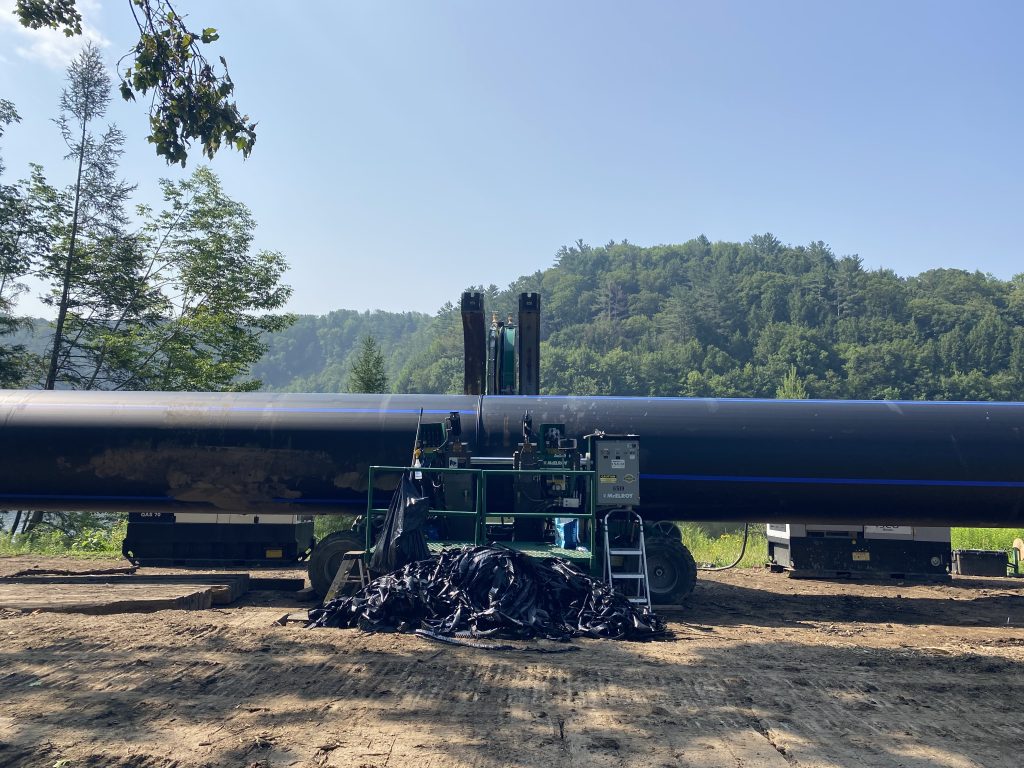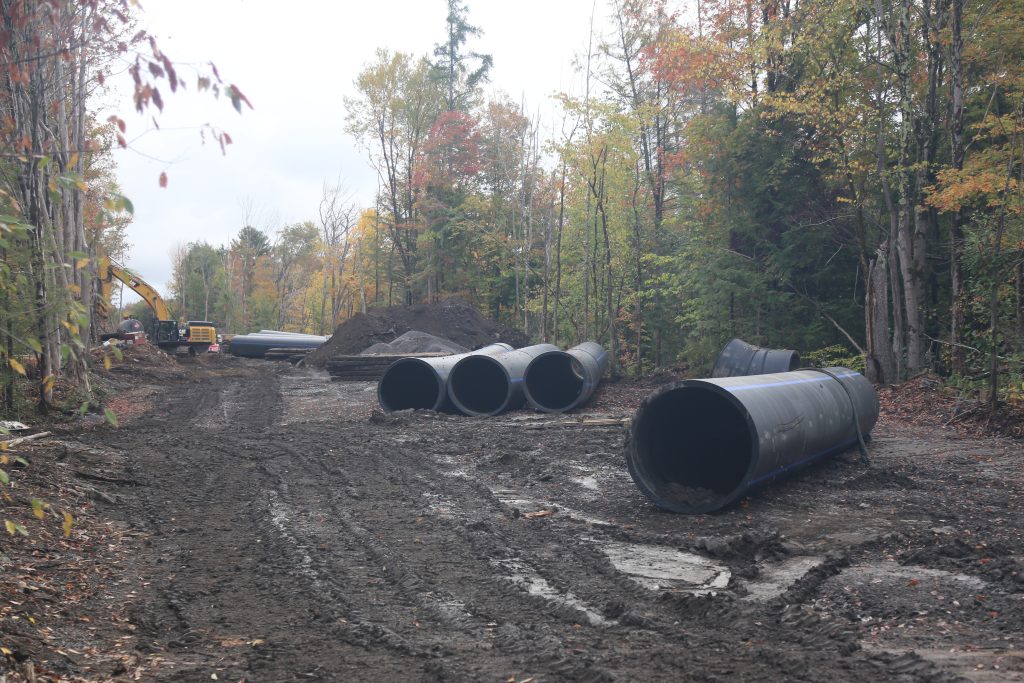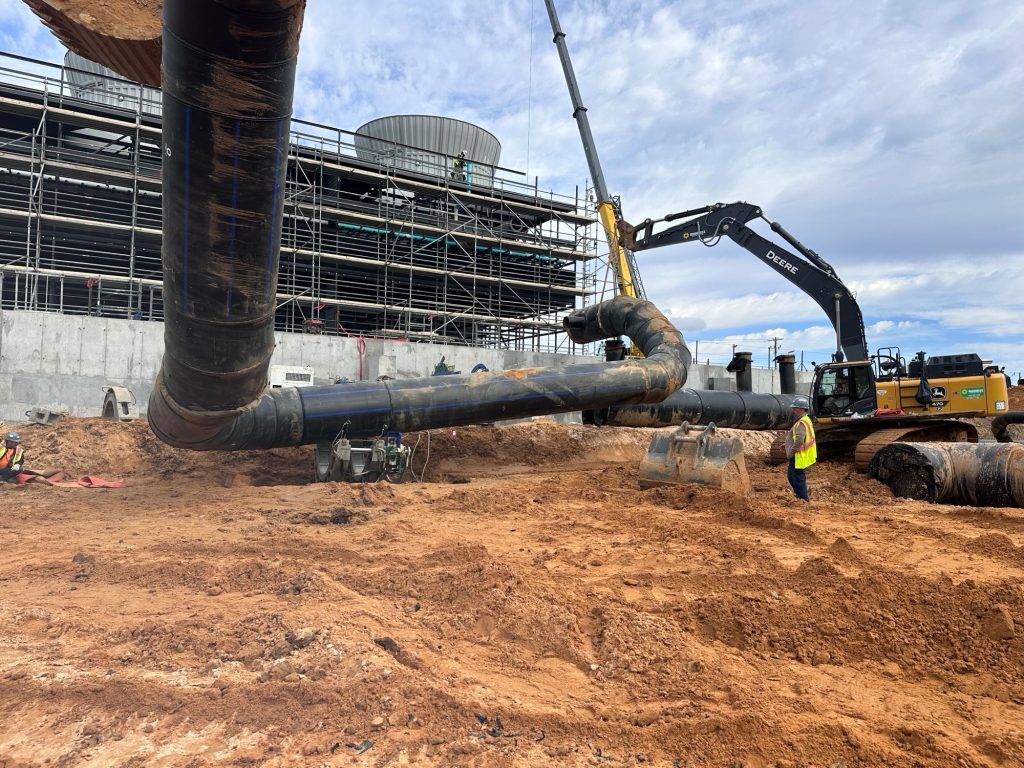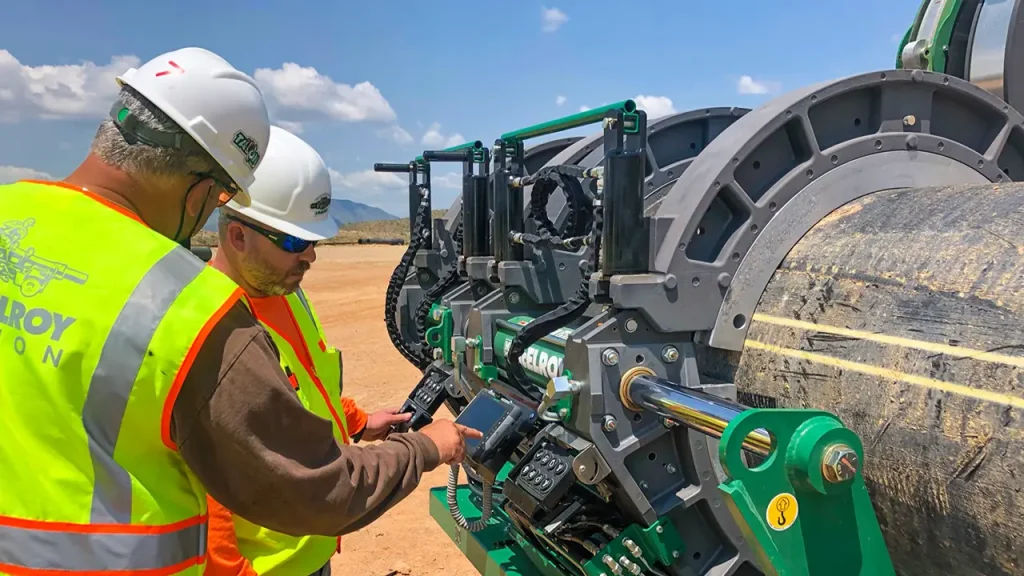Resources
Field Reports
Delivering a Reliable HDPE Water Transmission Line Through Collaboration




Collaboration.
It’s a buzzword—also a lifeline.
Like water, the world cannot exist without collaboration.
And in the world of piping solutions, success depends on it, working hand-in-hand with engineers, owners, contractors, partners, and internal teams alike.
Typically, the genesis of collaboration is the dreaded group projects you embark upon in school, ultimately creating three categories of participants:
- The “slackers”—who, for whatever reason, have no interest in having anything to do with the project.
- The “bare minimums”—who do just that.
- And the “parachutes”—the ones who always helped reach the ground safely and successfully.
You know who you were.
If you work in construction, there’s really only one option: everyone wears the parachute.
In Upstate New York, ISCO joined a project with more moving parts than an award-winning Rube Goldberg machine—and parachutes abounded.
The Mohawk Valley Water Authority needed a more robust water transmission line from a local reservoir. Two legacy piping systems were failing and could no longer meet capacity needs: a 24-inch pipeline installed in the 1920s and a 36-inch line installed in the 1950s.
Within the owner’s easement adjacent to a 1914 reservoir dam and creek, approximately one mile of large-diameter HDPE pipe was selected to be installed alongside the existing alignment.
The options considered were 54-inch welded steel or 63-inch high-density polyethylene (HDPE) pipe.
Multiple factors led the team to select HDPE:
- The cost and complexity of cathodic protection and inspection systems required for steel—unnecessary for corrosion-resistant HDPE.
- Hot and shifting soils, as well as boulders and glacial till, threatened the thinner-walled steel pipe, while the flexibility and durability of HDPE mitigated those concerns.
- The leak-free nature of HDPE and the minimal maintenance involved.
In addition, the increased flow capacity, environmentally friendly nature, reduced transportation costs, and with a small area to operate and simplified installation—HDPE checked a lot of boxes.
Once the owner, engineer, contractor, and ISCO aligned, the true collaboration began.
The list of stakeholders was extensive and engaged.
The United States Army Corps of Engineers, New York State Department of Environmental Conservation, New York State Department of Transportation, New York State Department of Health, New York Power Authority, Federal Energy Regulatory Commission, Brookfield Power, Herkimer County, Town of Russia, Town of Trenton, Oneida County, and other authorities having jurisdiction requirements and/or permits when completing the work all had a say in the process.
As the job began, a narrow alleyway was cleared between West Canada Creek and NYSDOT Route 365, where the 63-inch line was to be fused and installed.
ISCO field technician Ray Hylton fused two and three 50-foot pipe lengths into 100–150-foot sections above ground, followed by in-ditch fusion.
The first challenge? Water entering the trench—not from the creek side, as expected, but from the Route 365 embankment.
Groundwater-driving sheets and pump staging efficiently addressed the challenge, and the team kept work on schedule.
Next came crossing a tributary that flowed into West Canada Creek. To prevent water from displacing the installed pipe or the natural course of the feeder stream being altered, it was time for Hylton to dig into his bag of tricks.
An eight-foot dip and five-foot rise were excavated where the line meets the stream.
Hylton once again proved to be a Picasso, fabricating a fitting in the field that might as well have been factory molded.
Throughout construction, regular meetings and briefings, consistent communication, and—of course—a collaborative mindset kept progress smooth and steady.
When obstacles arose, everyone knew when it was time to pull the rip cord. Collaboratively, this group project floated to a safe landing.
From complex easements to environmental coordination and large-diameter fusion, ISCO brings the people, equipment, and expertise to keep critical water projects moving.
Let’s collaborate on your next pipeline project.
Contact Our Infrastructure Team →


